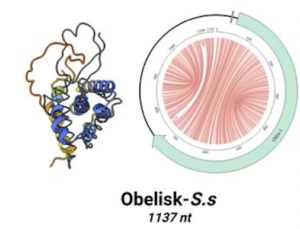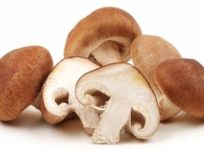Chiropractic Primary Care: Is a Potentially Cost-Saving Model Headed for Extinction?
Since 1999, the Alternative Medicine Integration Group (AMI) has offered members of an Illinois HMO the option to choose chiropractors as primary care physicians (PCPs), and outcomes data show strong reductions in hospitalizations, medication use, and overall costs. But divisiveness within the chiropractic profession and limited insurance reimbursement have prevented the chiropractic primary care model from gaining ground.







